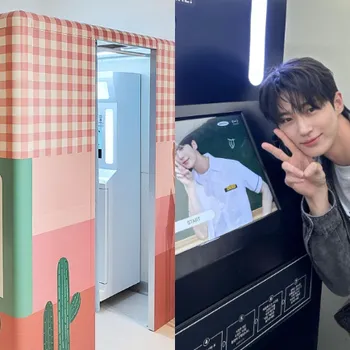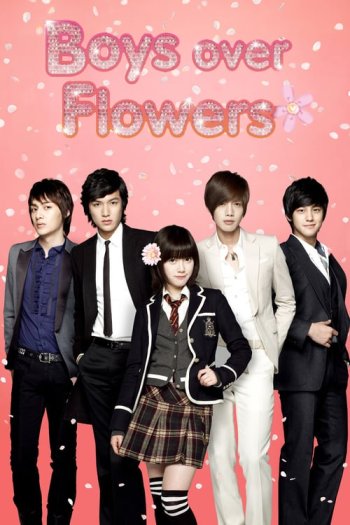
KBS Media/AP Newsroom's FB/CJ ENM/BIGHIT Entertainment's Twitter/Designed by Kpopmap
On September 16, 2017, numerous music listeners tuned into VH1 India's new segment "K-Popp'd" which opened the gates to a new world of entertainment. I was one of the many who couldn't blink while witnessing the mesmerizing hits by BTS, BLACKPINK, EXO, SHINee, and more. What I didn't know was that the Hallyu Wave had already arrived and began to sweep India. This was simply one of the many ways it was sprouting in the mainstream music scene. Seven years later, it is hardly surprising to see someone wearing a NewJeans t-shirt or pausing to look at JungKook’s billboard at Calvin Klein outlets.
K-Pop, K-Dramas, K-Food, and K-Culture have seamlessly integrated into the youth experience. Behind which lies numerous fans, who have participated, petitioned, and promoted the fan communities in India. A major reason for this is the Hallyu Wave's disparity across various regions.
1. A Rising Current: Hallyu Wave In India
Music historians have noted that art has always erupted from the margins—let it be from marginal groups or cities lined on the borders. The K-Wave in India also arrived from the margins of the northeastern city of Manipur. In September 2000, the Revolutionary People's Front (RPF), an armed secessionist group, banned Hindi cinema and television channels from four districts of India's city of jewels.
They believed that the creative pieces from the Hindi-speaking heartland were trying to undermine Manipuri values and needed to be boycotted. This cultural unrest backed by political turbulence affected the cinema halls, cable TV, video parl
Enjoy full access for just $1
Join over 10,000 active members!
🌟 Special Contents for Subscribers

















